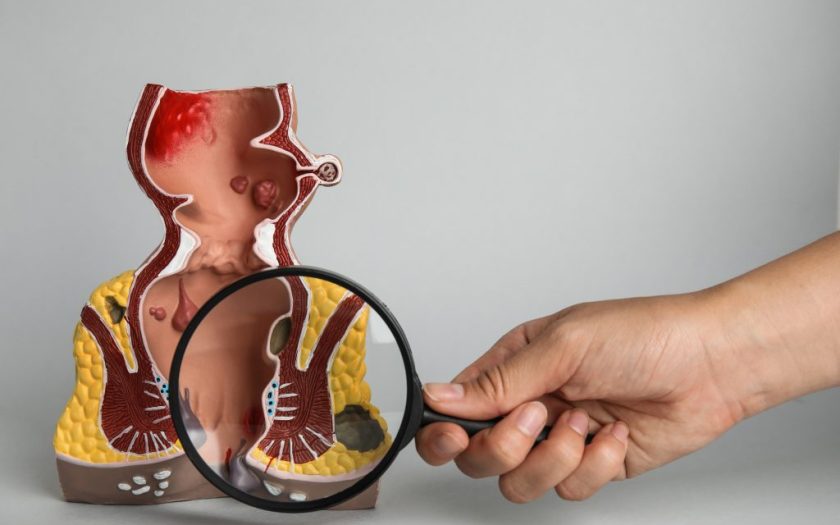What is anal fistula
Anal fistula is a small crack on the skin that develops at the end of the anus. The most common cause is large and hard stools during bowel emptying, which causes excessive stretching and damage to the anal canal. Little is said about anal fistula, mainly for fear of medical examination. It can appear as a complication due to certain diseases, such as Crohn’s disease and leukemia, but it also affects people who do not have health problems. This condition is very uncomfortable, especially for women who have a higher risk of developing anal fistula, because they are more prone to constipation and the development of infections. Food greatly affects the occurrence of anal fistula.
When there is a lack of fiber and fluid, constipation occurs, which can lead to damage to the anal canal. It should also be noted that certain foods such as beans and spices cause gas by increasing discomfort in the anal region. People suffering from constipation and diarrhea have an increased risk of developing this disease. After healing of the anal fistula, it is necessary to normalize the work of the intestines, adhere to hygienic measures and avoid spicy foods. Anal fistula diagnoses and treats according to clinical analysis. Depending on the type of anal fistula, the type of treatment is chosen, when it is superficial, its treatment is simpler. However, when the condition is more complicated, surgery is needed.
Anal fistula – cause and symptoms
Anal fistula is a little-talked-about disease that affects young and middle-aged people. This condition is caused by prolonged constipation, hard stools or frequent diarrhea. Anal fistulas occur randomly, and their occurrence is possible at any age due to blockage of small glands located in the anus. Clogging of these glands leads to inflammation and infection, which tends to develop severe pain due to the accumulation of pus in the anal cavity. What are the symptoms of anal fistula? The main symptoms are intense pain when emptying the bowel, which can last for hours.
Anal fistula has characteristic symptoms of varying intensity. Bleeding, discomfort, visible cracks on the skin around the anus, purulent discharge, swelling and redness are present. Common symptoms include fatigue and fever. In addition to pain and bloody stools, a person may also have anal itching. As the fistula grows, the pain and temperature worsen, which is why you should seek medical help. It is important to keep in mind that the longer you delay treatment, the more serious the condition can become.
How to treat anal fistula
Anal fistula can cause intense pain and bleeding, which affects a person’s quality of life. Even if the crack heals on its own and the bleeding persists, it is necessary to schedule an examination with a coloproctologist who will make a diagnosis and give adequate guidelines. Is it possible to prevent this problem? First of all, anything that affects the occurrence of constipation, diarrhea or anal trauma should be avoided. There are many cases when anal fistula occurs due to inflammatory diseases that do not cause pain. Although cleavage or damage may pass, the presence of inflammatory diseases will affect their development.
Many wonder if surgery is the only alternative? In addition to surgery, there are ointments and measures that help control pain and treat it. It can cure almost 50% of anal fistula cases, but some recur. In this case, surgical treatment is required, which may include excision of the fistula and drainage of the abscess. Recommendations for resolving anal fistula include increasing fiber consumption to 30 g per day. Two liters of water a day will ensure proper bowel function. Bowel emptying should not be delayed as this will cause dry stools.
source: clevelandclinic
MORE RELATED NEWS: Blood pressure values in healthy and sick people
